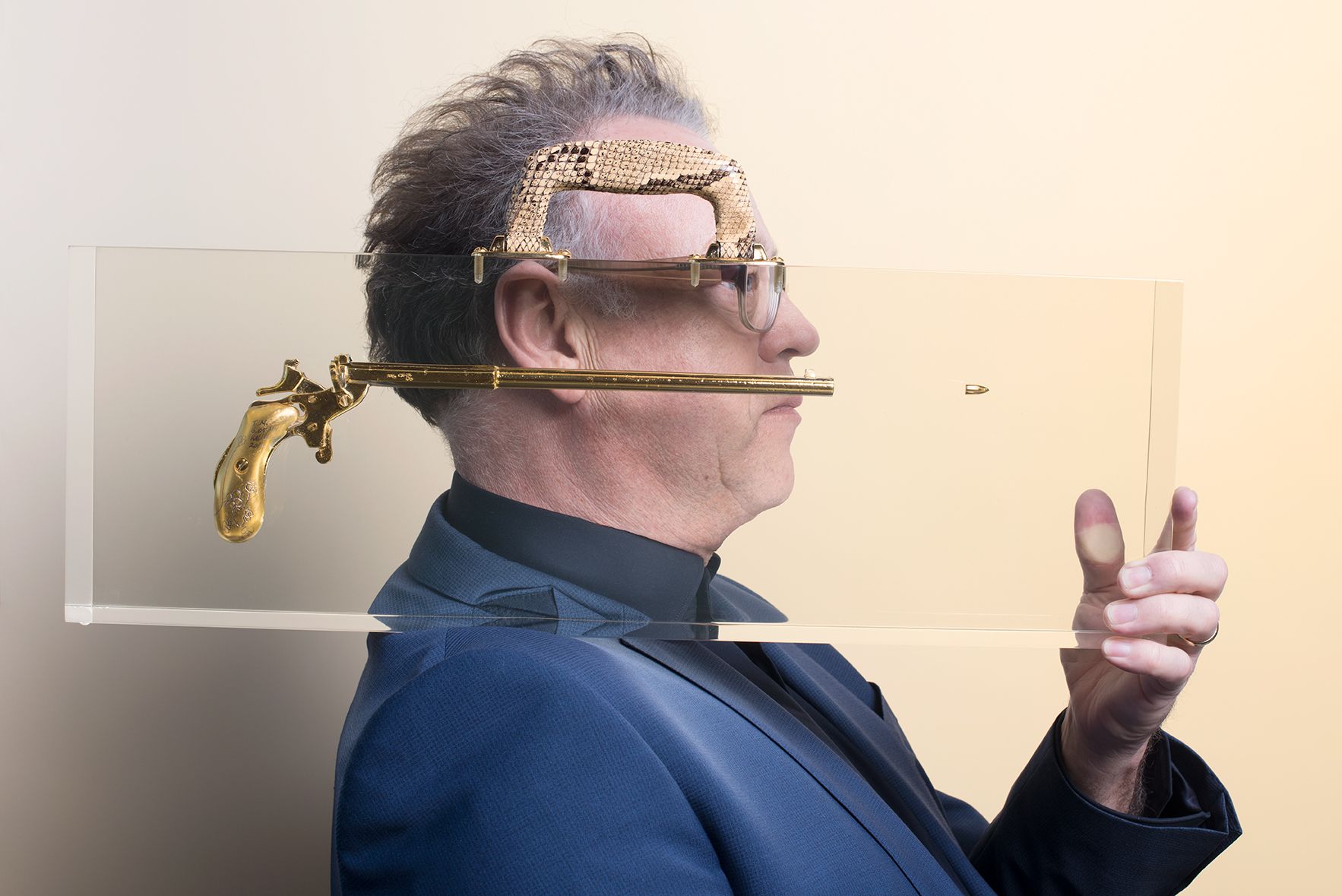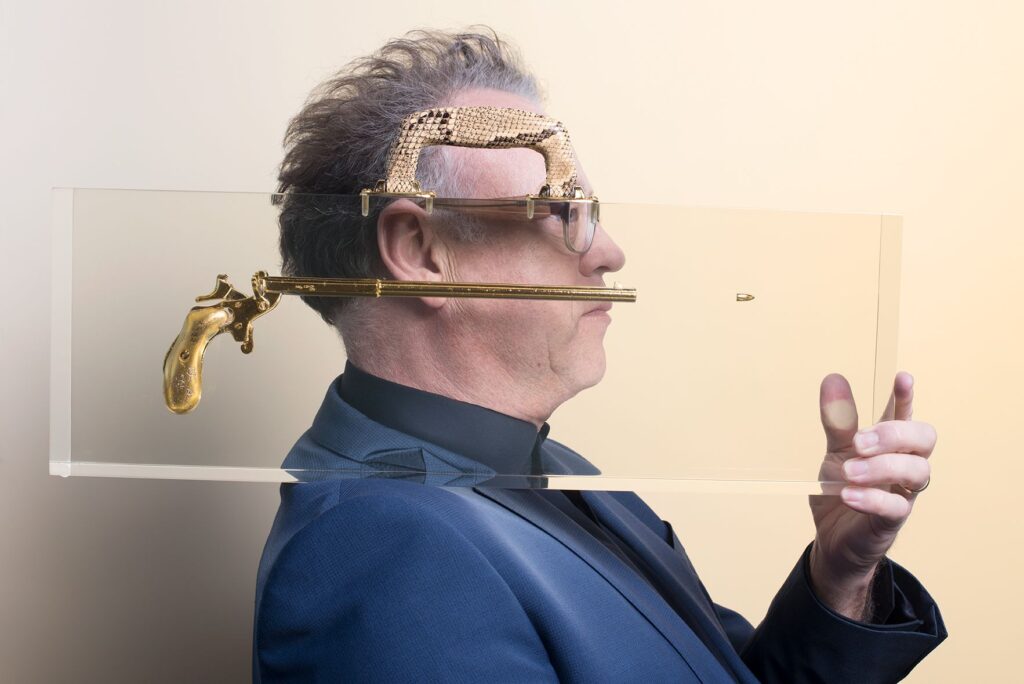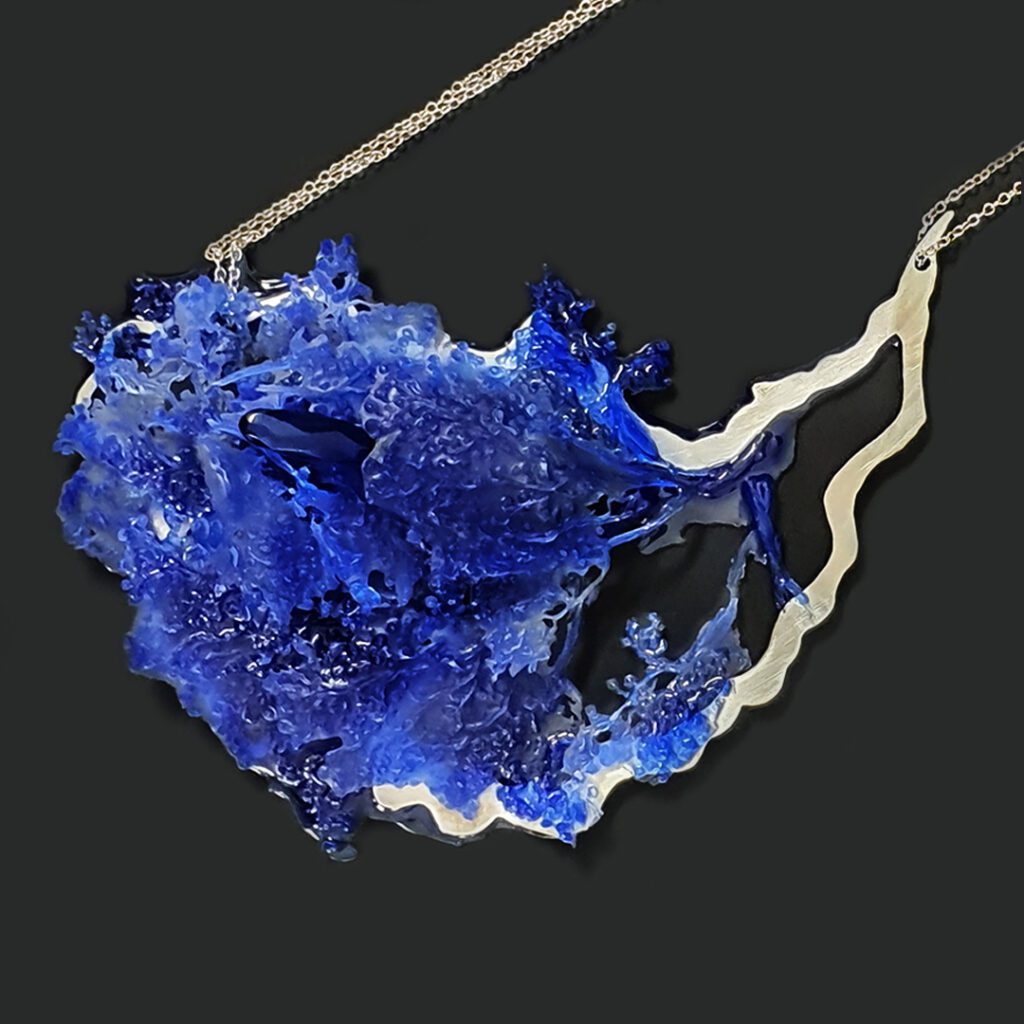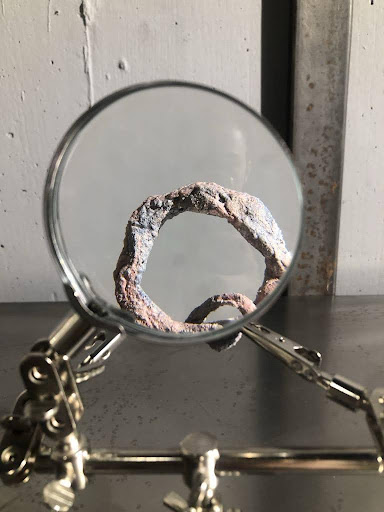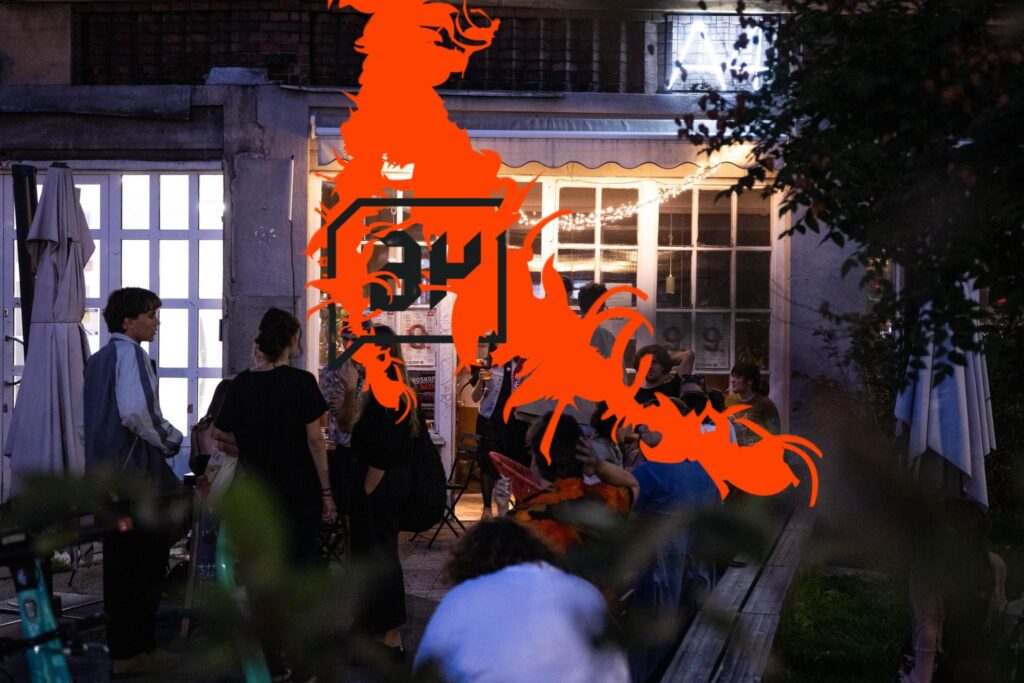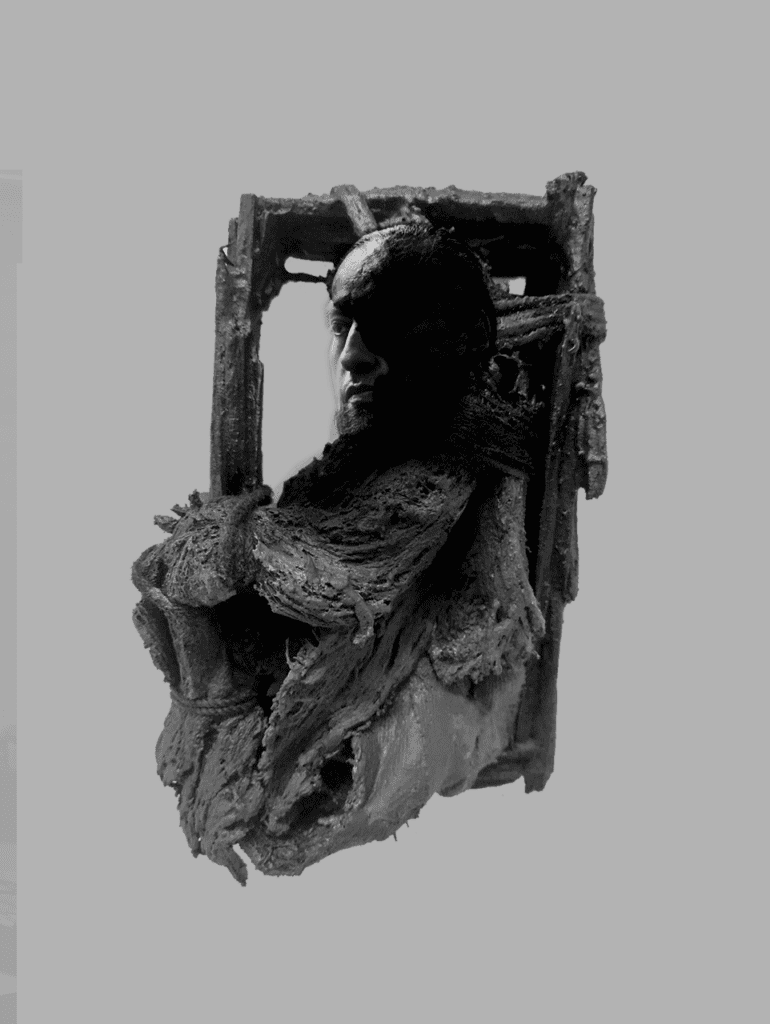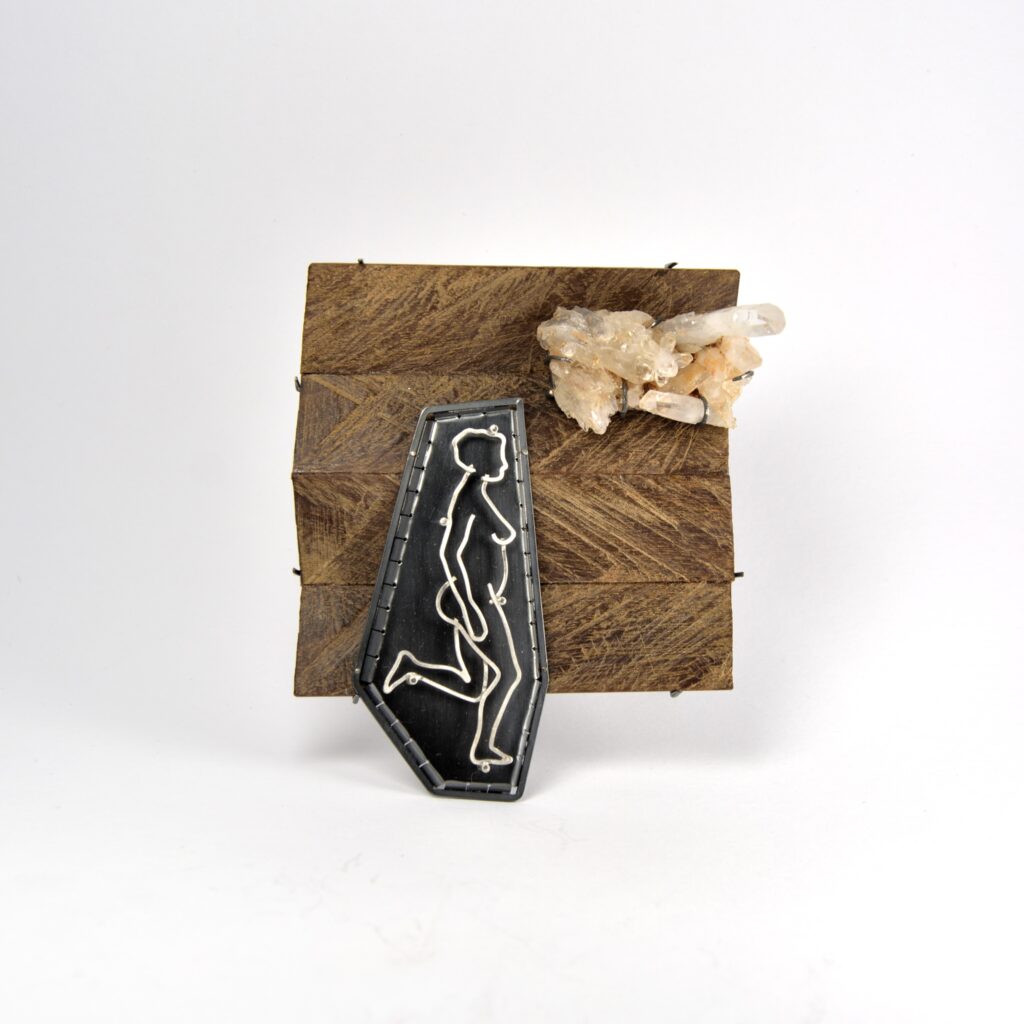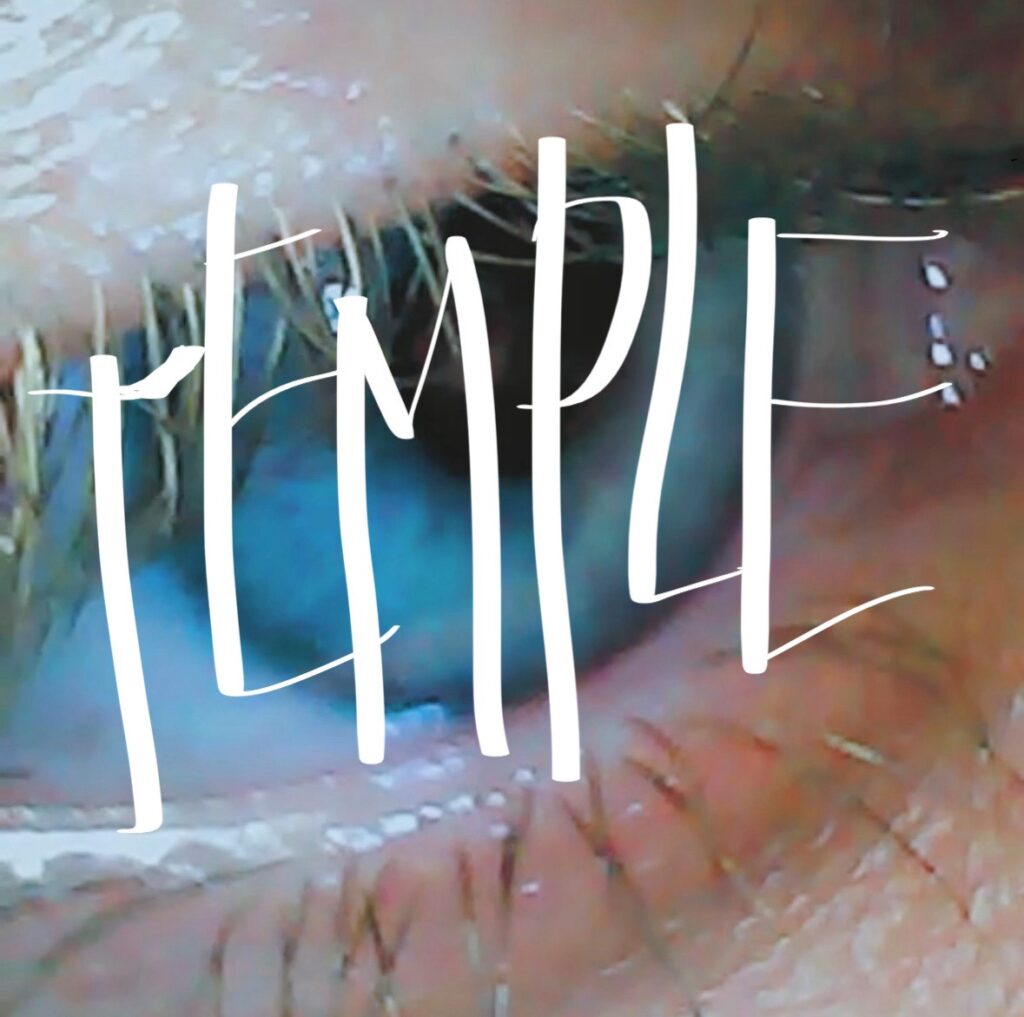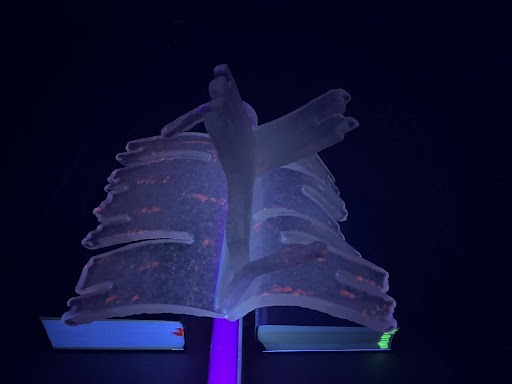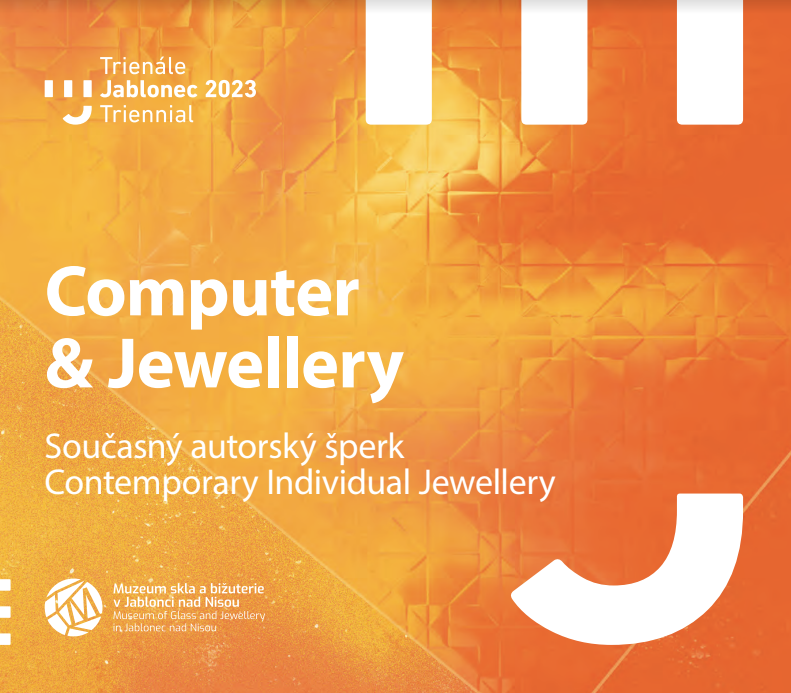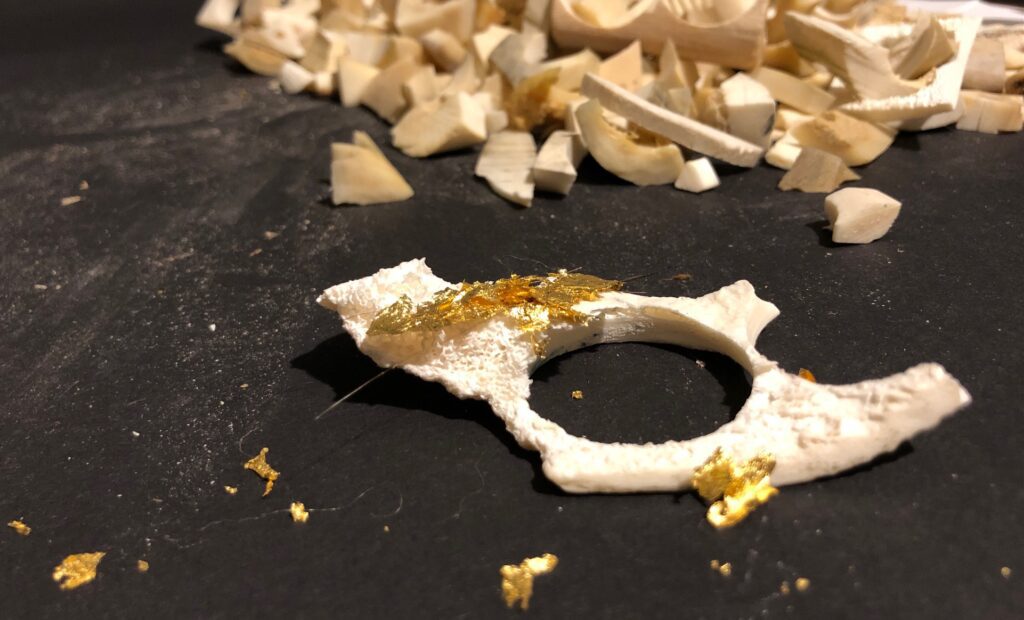Ted Noten’s designs act as a critique on contemporary life and on the history of jewellery, as well as on the wider context of product design. Interestingly, his work equally relates to art and architecture. The underlying, recurring, theme of his work is to challenge convention and processes of habituation, the familiar and the unusual.
In recent years Ted Noten has created work for private collectors, local councils, art institutions etc. A broad spectrum of galleries and museum collections now represent his oeuvre. The designer initiated some of these projects, only to be adopted later by a museum, as was the case for example with ‘Chew your own brooch’. With a little help from the chewing gum he hands out, everybody can become a jewellery designer; simply by chewing the gooey substance into a shape the craftsman then casts either in silver, bronze or gold. One of the events at which Noten manifested himself with this project was an open day at the Boijmans Museum, when hundreds of people filed through the museum, chewing their way to a design.
His oeuvre gains in depth from his idiosyncratic response to the apparent familiarity of our daily surroundings, whether this be a market street in Amsterdam, the explosion of building construction in Shanghai, or a gang of road sweepers at work in a provincial town in Russia. By lifting symbols from their everyday surroundings and placing them in a new context, he doesn’t so much query the symbol itself as our perception of it. As with the Mercedes-project for instance, for which he cut out brooch-fragments from the bodywork of this status symbol par excellence and then offered them for sale. Or the fire weapon he cast in an acrylate handbag. Or the boxing glove to fit the hand of a baby. Or the pearl necklace for the bird sculptures of artist Tom Klaassen.
Ted Noten looks for fixed meanings in the banal and the cultivated. He debunks their essence, then reinvents them back into reality. In affecting and infecting symbolic values he actually reveals their unmistakable intangibility.
Gert Staal (DESIGN CRITIC and former deputy director of the Netherlands Design Institute)
